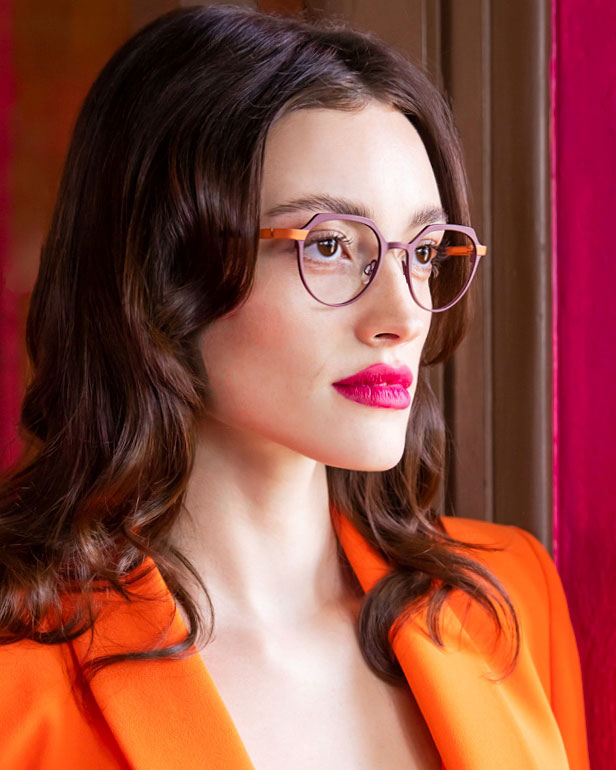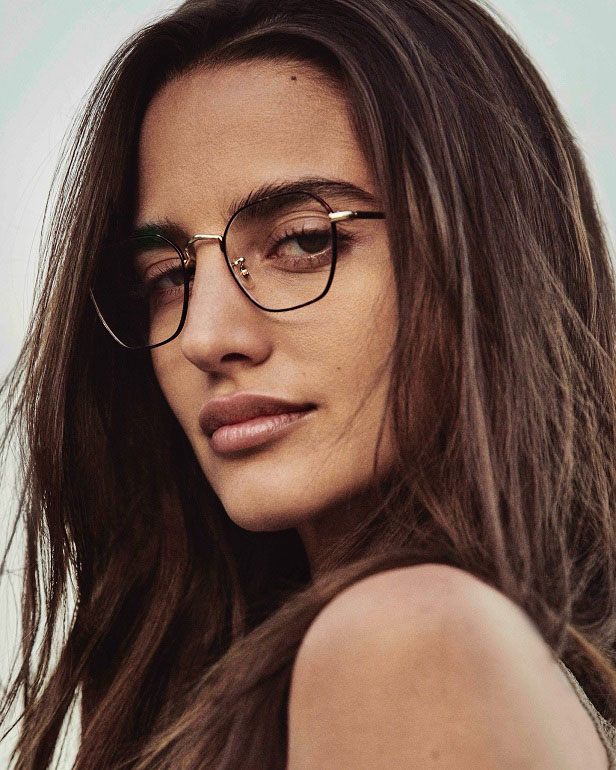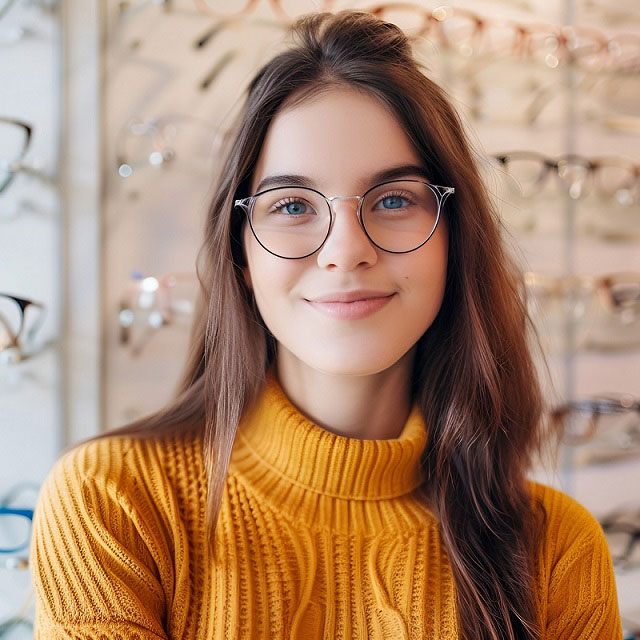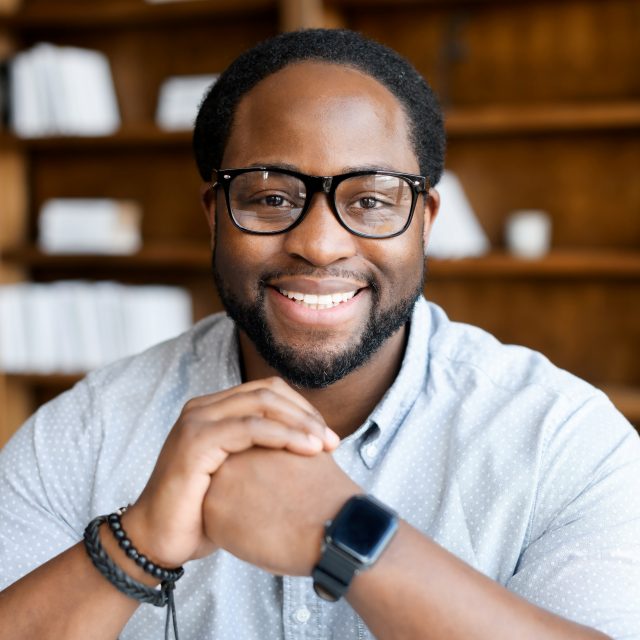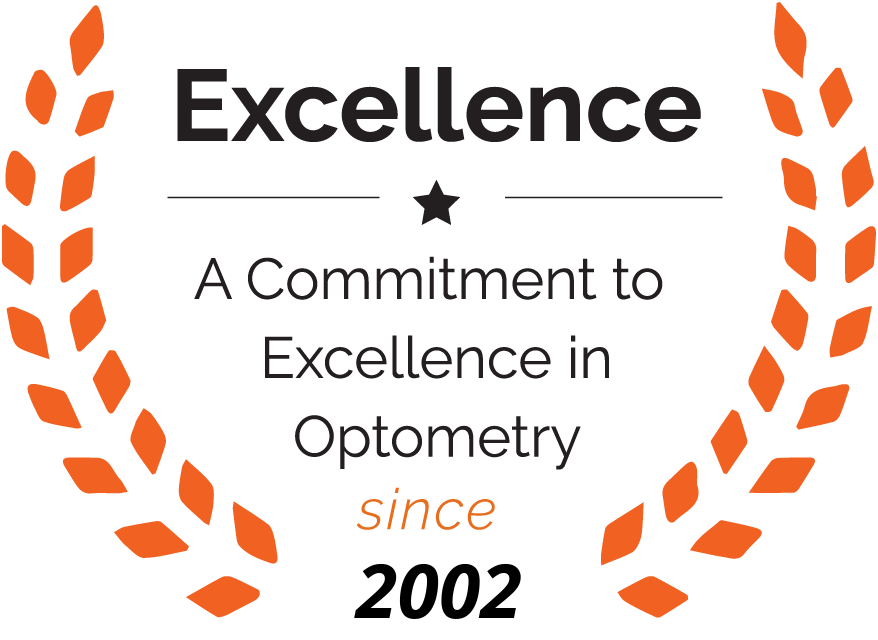
Optique At West Paces: Your Atlanta Eye Care Experts
Through innovation and a passion for staying at the forefront of optometry, Optique At West Paces has redefined the eye care experience, offering services beyond the traditional.
Our expertise extends to eye disease treatments, dry eye, vision therapy, and stylish eyewear. As the exclusive center in Atlanta dedicated to specialty contact lenses, we focus on treating challenging conditions such as keratoconus. Plus, we proudly offer SightSleep™ ortho-k lenses, uniquely crafted by our practice for myopia control.
We go beyond eye care; we embrace community. Through revolutionary optometry research and embodying the ubuntu philosophy rooted in our founder’s African heritage, we infuse every patient interaction with empathy and unwavering support, transforming lives.
DESIGNER FRAMES
Explore leading designer eyewear brands at our Atlanta optical and leave a lasting impression wherever you go.
COMPLETE EYE EXAMS
Using hi-tech equipment, we correct your vision and provide insights about your eye health.
Meet Our Eye Doctors
We take immense pride in introducing you to our optometrists. Their unparalleled skills and experience are matched only by their nurturing approach, reflecting the compassion at the heart of our practice's value system. At Optique At West Paces, your vision is in the hands of professionals who are exceptional in their field and show genuine concern and unwavering attentiveness.
WE PROVIDE A FULL RANGE OF OPTOMETRY SERVICES
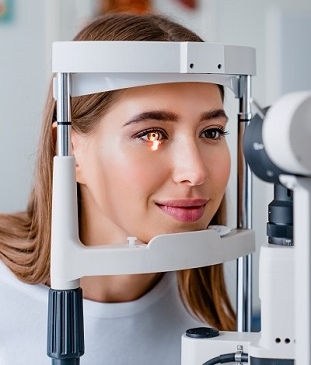
Contact Lenses
Transform how you see the world with our contact lenses, available as daily or monthly options, including specialty lenses for hard-to-fit eyes.

SightSleep™
SightSleep involves wearing gas permeable contact lenses overnight. These lenses gently reshape your cornea while you sleep, providing clear vision the next day.

Emergency Eye Care
Our eye doctors are here when you need them most – providing urgent care and peace of mind during unexpected eye injuries, infections, and more.
